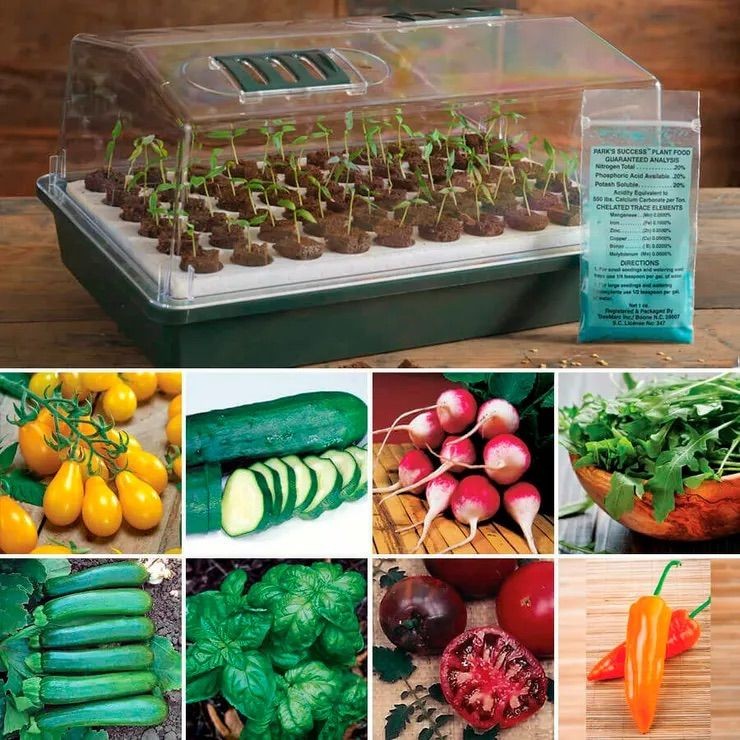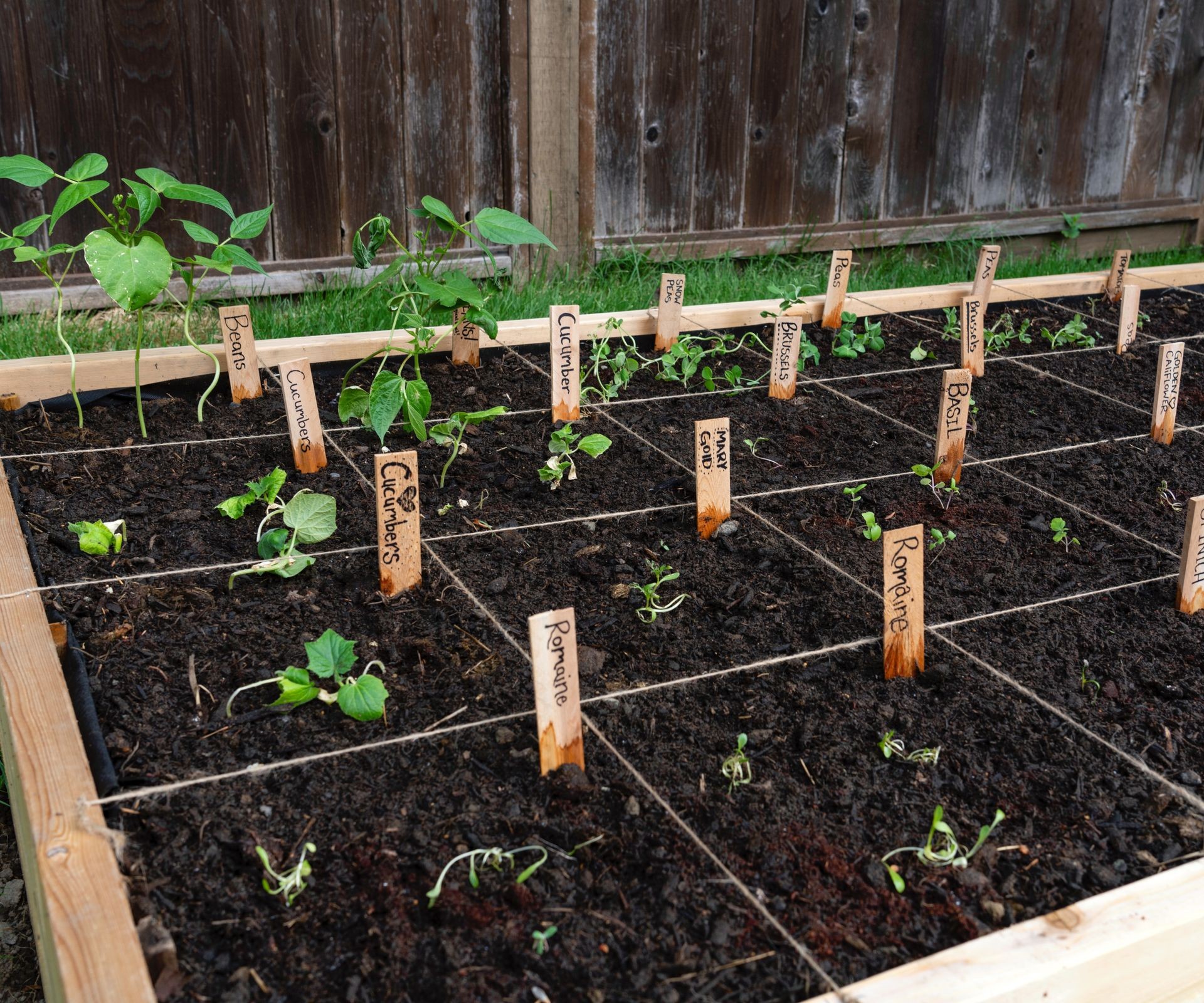No products in the cart.
NEWS
Maximize Your Harvest: Mastering Companion Planting in Square Foot Gardens
Square foot gardening offers a brilliantly simple system for growing abundant produce in compact areas by utilizing a grid layout. Enhancing this method with companion planting adds a powerful layer, leveraging beneficial relationships between different vegetables to foster healthier growth and larger yields. This combined approach is a cornerstone of smart, efficient gardening, perfect for maximizing limited space.
Why Combine These Smart Gardening Methods?
Integrating companion planting into your square foot garden isn’t just a good idea; it’s a strategic move for optimal results. Both techniques are centered on making the most of available resources – space, soil, and even the plants themselves. When used together, they create a thriving micro-ecosystem.
One primary benefit is maximizing space efficiency. Square foot gardening’s grid system already dictates plant density, but companion planting ensures the plants sharing those squares or adjacent squares are compatible and mutually beneficial, preventing wasted space or competition.
Beyond space, companion planting provides natural support systems. Certain plant pairings can deter pests, attract beneficial insects, improve soil health (like nitrogen-fixing legumes), or even provide structural support or shade. The classic example is the Indigenous practice of planting corn, beans, and squash: corn provides a trellis for the beans, beans enrich the soil with nitrogen, and squash vines act as a living mulch, suppressing weeds and retaining moisture.
Ultimately, this synergy leads to increased yield in limited space. By creating healthier plant communities that require fewer external inputs (like pesticides), your square foot garden becomes more productive and resilient.
Planning Your Square Foot Companion Garden Grid
The foundation of a square foot garden is dividing your planting area into one-foot (approximately 30 cm) squares. The number of plants per square depends entirely on the mature size and spacing requirements of the vegetable.
- Small plants needing about 3 inches (7.5 cm) spacing (like carrots, radishes, bush beans): Plant up to 16 per square (a 4×4 grid).
- Medium plants needing 4-6 inches (10-15 cm) spacing (like lettuce, spinach, beets): Plant 4 per square (a 2×2 grid).
- Larger plants needing 8-9 inches (20-23 cm) spacing (like bush squash, peppers, broccoli): Plant 2 per square.
- Large plants needing 12 inches (30 cm) or more spacing (like tomatoes, cucumbers, corn): Plant 1 per square.
Planning involves drawing out your grid and mapping which plants will go where, keeping their spacing needs in mind. Adding companion planting means strategically placing beneficial partners next to each other within or across squares.
 Vibrant vegetables and a seed starting kit for beginning your square foot companion garden
Vibrant vegetables and a seed starting kit for beginning your square foot companion garden
Effective Plant Pairings for Your SFG
Choosing the right plant neighbors is key. Here are a few examples that work well within the confines of a square foot grid:
- Tomatoes and Basil: Basil is said to improve tomato flavor and repel tomato hornworms and flies. Plant basil in the square adjacent to your tomato plant(s).
- Carrots and Rosemary: Rosemary can help deter carrot rust flies. A rosemary plant near your carrot square is a great addition.
- Lettuce and Tall Plants: Planting leaf lettuce in the shade of taller plants like peas or climbing beans protects it from bolting in heat.
- Beans and Savory: Savory is known to repel bean beetles.
Be aware that some plants are not good companions. For example, onions can stunt the growth of beans and peas, so avoid planting them in adjacent squares. Research specific plant compatibilities for everything you plan to grow.
 Young seedlings neatly planted in a square foot garden grid pattern
Young seedlings neatly planted in a square foot garden grid pattern
Tips for a Thriving Square Foot Companion Garden
Success in this intensive method relies on a few key practices:
- Start with Quality Soil: Due to the density, plants quickly use nutrients. Use rich, well-draining soil amended with compost.
- Water Consistently: Small spaces dry out faster. Regular, even watering is crucial.
- Observe and Adapt: Pay attention to how your plants interact. Some pairings may work better in your specific microclimate than others. Keep notes for future seasons.
- Start Simple: Don’t try to plant everything at once. Begin with a few favorite vegetables and their well-known companions.
Conclusion
Combining square foot gardening with companion planting is a remarkably effective strategy for growing a productive and healthy vegetable garden, especially when space is limited. By understanding plant relationships and planning your grid thoughtfully, you can create a vibrant, high-yielding garden system. Get started today and experience the benefits of this smart gardening approach. Explore quality seeds, soil amendments, and gardening supplies available at Biogarden.asia to support your square foot companion gardening journey.



